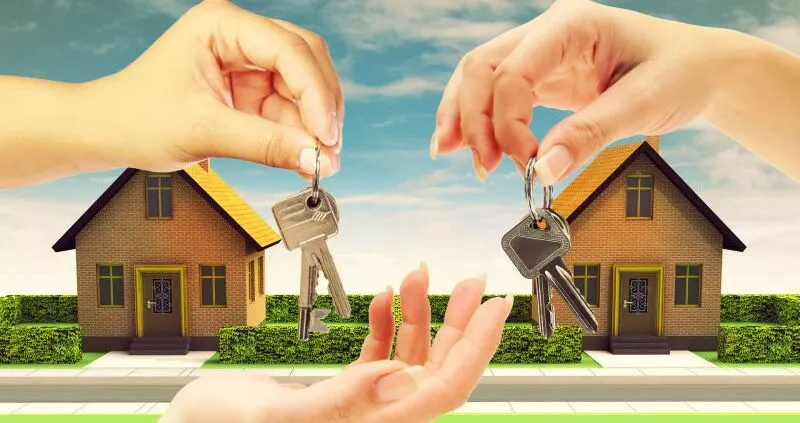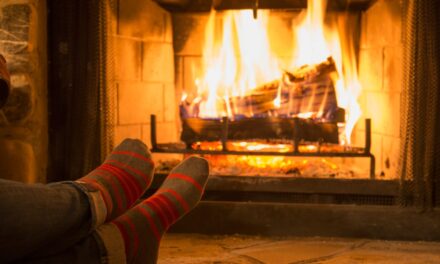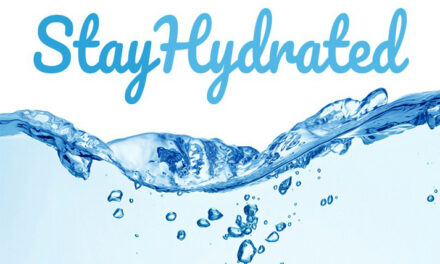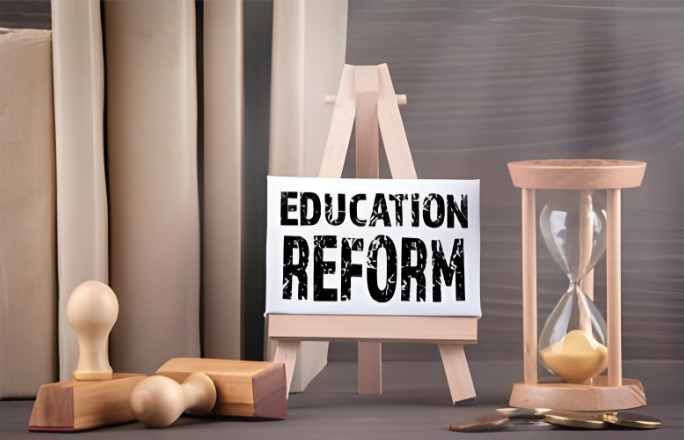If you’ve started the home buying process, chances are one of your first questions is ‘What kind of loan is the right loan for me?’ To help answer that question, let’s go over all the types of loans for homebuyers that you can get in Canada, whether you’re buying a home for sale in Toronto or Vancouver, and see what circumstances are best for each loan.
For this article, loans and mortgages are interchangeable terms. A mortgage is just a type of loan that you can get and use primarily to purchase residential property. You can get loans to buy a car, get a degree, or even start a business. We’re going to focus on home loans i.e. mortgages for now.
Fixed-Rate Vs. Variable-Rate Mortgages
The term ‘rate’ refers to the amount of interest you’ll pay on your home’s mortgage from the time you take out your loan until you’ve paid it off. With a fixed-rate mortgage, the interest rate is set at the beginning of the loan and will not change till you’re done paying off the loan or until you negotiate with your lender. Fixed-rate mortgages with a period of five years are the most common types of mortgages for homebuyers in Canada.
Bear in mind that at the end of those five years, you’ve probably not even come close to paying off the loan, so you must refinance and renegotiate rates for another five-year mortgage, then another, and another. So although most Canadian mortgages have five-year terms, the true amortization period is closer to 25 years.
With a variable rate mortgage, the interest rate fluctuates according to an outside rate of interest, in Canada, that external interest rate is usually set by the Bank of Canada’s overnight rate. Because interest rates can rise or fall by several points according to the whims of the market, most people who take out variable interest rate mortgages are betting that rates will stay low during the time they’re paying off their loan.
Open vs. Closed Mortgages
Open Mortgages are where you can quickly pay off as much of your debt as you wish without having to pay a prepayment penalty. If you foresee a big payday in your near future, getting an open mortgage and paying it off quickly can save you tens of thousands of dollars in long-term interest payments. However, open mortgages usually have higher interest rates associated with them, so unless you’re pretty sure you can pay off your debt within say, five or ten years, it would make more sense to have a closed mortgage.
With a closed mortgage, you agree to keep making payments for the full term of the mortgage, which in Canada can be between six months and ten years. Though you’d still be able to make a few prepayments without penalties, this is the option for anyone not expecting to pay off their mortgage any time soon. The good news is interest rates with closed mortgages are usually lower than with other types of loans for homeowners.
Convertible Mortgages
A convertible mortgage is like a closed one except the payment terms are much shorter than a conventional one, but you still have the option of converting the closed, short-term mortgage into a longer-term closed one. This mortgage is good for borrowers who want the flexibility to switch to more favorable mortgage terms shortly.
High-Ratio Mortgage
A high-ratio mortgage is any mortgage where your down payment is less than 20% of the value of the property you’re using as collateral for the loan. When you borrow money for a house, you’re borrowing enough money to buy that house. To make sure the lender can make their money back in case you can’t pay them back yourself, you agree to give the house over to them so they can sell it and make back the dollar value in that house.
Canadians on average do not have high-ratio mortgages. The average mortgage in Canada is secured with a down payment of 20% or 22% of the value of the home. That being said, you can still take out mortgages in Canada with less than a 20% down payment; you’ll have to pay mortgage loan insurance for the privilege.
What is Mortgage Loan Insurance?
When a lender is fronting more than 80% of the value of their collateral (your house), they’re putting themselves at increased risk. To mitigate that risk, you are legally required to purchase and pay for mortgage loan insurance to ensure that, in case you default, the lender can make their money back. Mortgage Loan Insurance in Canada is between .6% and 4.5% of the value of your loan and can either be paid upfront in full or included in your monthly mortgage payments.
Conventional Mortgage
Conventional mortgages are when the borrower has put down 20% on the house they’re getting a loan for. Conventional mortgages do not require mortgage insurance. Finally, conventional mortgages provide all the credit you need to purchase a home and no more. In Canada, this is one of the most common types of loans for homebuyers.
Collateral Charge Mortgage
A collateral charge mortgage is the same as a conventional mortgage, except you can borrow more than your home is worth, typically 25% more than the home is worth. So if you bought a $500K with a 20% down payment and a collateral charge mortgage, instead of getting a $400K loan, you could get a $500K loan and have access to that $100K. That being said, you still have to pay back that extra $100K. If your home fails to appreciate an extra $100K by the time you sell and you haven’t finished paying off your debt to the lender, you might find yourself spending more money paying off your mortgage than you would with a simple conventional mortgage.
Reverse Mortgage
This highly specialized type of loan for homebuyers is meant mainly for senior citizens. If you’re 55 and are currently in your home. Let’s say your most recent five-year term is up, and you want to take out a reverse mortgage. You’d be accessing up to 55% of your home equity without having to sell your home. If you don’t plan on living anywhere else but still want to access the cash you’ve earned by making steady payments on your home for years on end, this is the type of mortgage for you.
Like taking out a second mortgage, a reverse mortgage gives you access to your equity either as a lump sum of cash or a monthly payout, such as with a home equity line of credit. You no longer make any payments, although you’re still taking on interest with a reverse mortgage. When you either sell the house or you’re no longer around to take the equity, the sale of the house pays back the lender, and the rest passes back to you or to your heirs.
The Federal HBP Loan
The federal Home Buyers Plan is meant to help first-time home buyers make down payments to qualify for conventional loans. With this type of loan for homebuyers in Canada, you can draw up to $35,000 from your Registered Retirement Savings Plan free of tax in order to buy a home. If you’re buying a house with someone else, say, your partner, they can also withdraw up to $35K, giving you both access to $70K in cash in addition to any other savings you might have.










